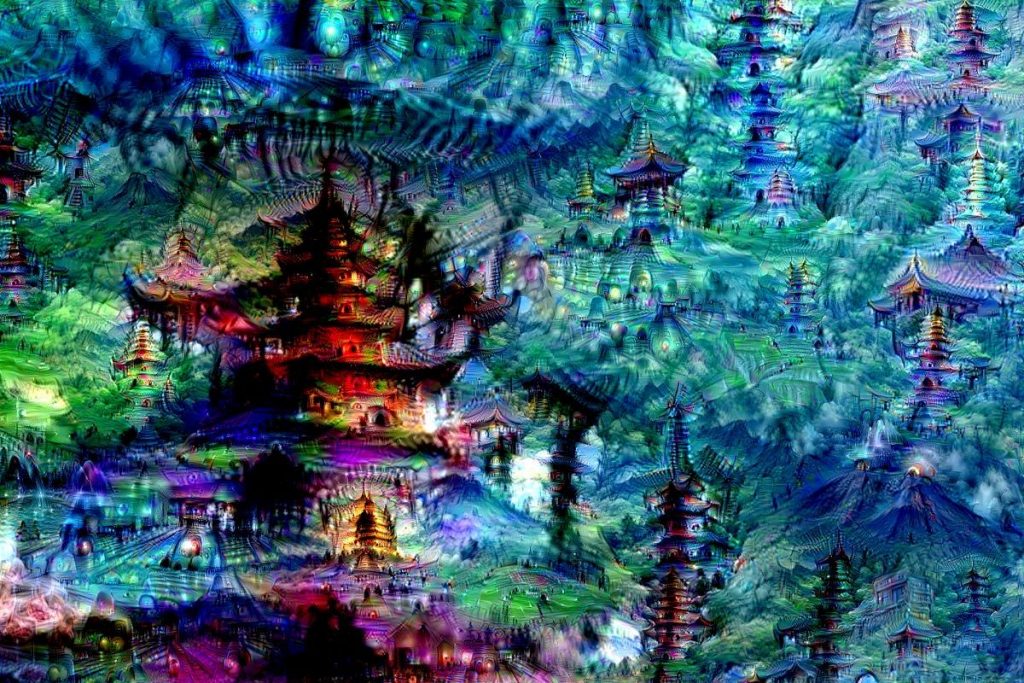I appreciated Drucker’s chapter on art as an excellent overview of art across the ages, and how art as practice and our perspectives on that practice continue to change over time.
Drucker discusses the printing press as challenging “the identity of works of art as unique, individually crafted objects.” She details how previously, the application of skills to specialized tasks was not differentiated from art at all, but as the Industrial Revolution was underway, there grew a “distinction between rational thought and creative expression.”
Given the comparisons between our current information technology revolution (or whatever term you might choose to describe it) and the Industrial Revolution, I wonder how our art as practice and perspectives will continue to change. The first things that come to mind are computer generated art and artists as technologists.
If the printing press challenged art as no longer individually crafted objects and individual skill was no longer necessary for the “formal expression of imaginative thought,” then is it perhaps computer generated art that questions the identity of art during the information technology revolution? Is this the point at which the meaning behind the art or the imaginative thought is no longer necessary? I suppose it is discussions of creative computing and AI art I am thinking of here (though I think this may just be over-excited copy than actual creativity). For example, last summer Google launched a research project to explore using AI to create art, which was inspired by their project involving neural networks painting its “dreams.”

My other thought is around the identity of the artist and what that means when the artist is creating the tools for artistic production. Muybridge is a great example, designing an electric shutter and timer for his motion sequence photography. Yet Étienne-Jules Marey largely absent from the history of photography. Perhaps this is due to his classification as a scientist, though he also developed the chronophotographic gun, a tool for making multiple photographic exposures per second. Of course contemporary artists are also navigating what it means to be both an artist, a creator, but also one who is incorporating technology in their artistic process.

Add yours Comments – 1
Reese, you really predicted our conversation with Jordan Strom with this post–the role of artists like Muybridge and Edgerton as artist-researchers or researcher-artists and their quite modernist drive to use imaging technologies to represent phenomena in ways. I am looking forward to hearing more about your impressions of the exhibition at the Surrey Art Gallery.